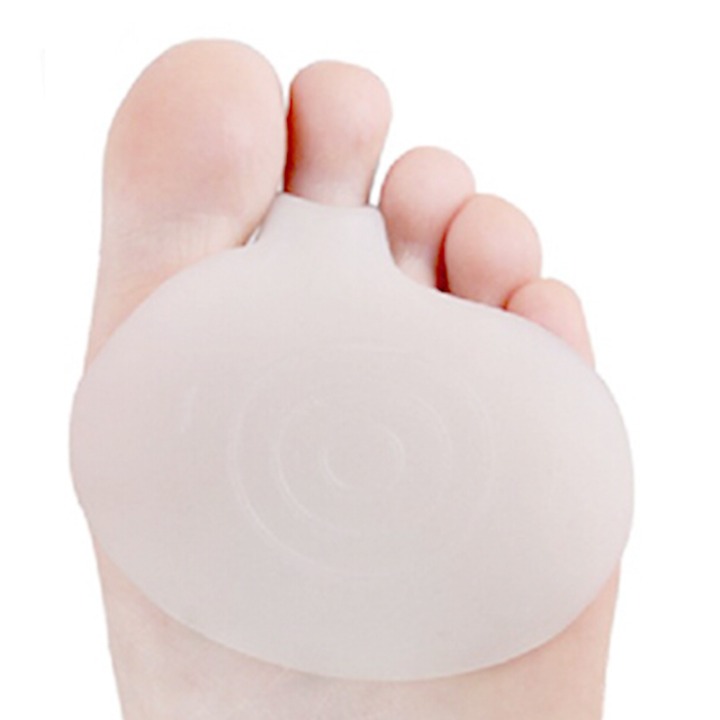The right tool can compress a barbershop’s precision into a five-minute routine at home. Understanding how clippers work—and which features actually matter—turns guesswork into confidence. Whether you’re refining stubble, maintaining a buzz, or crafting a low fade, the difference lies in motors, blades, batteries, and maintenance, not marketing fluff.
What Defines a Great Clipper
At their core, hair clippers convert motor power into blade speed and torque. The best builds keep that energy stable, resist heat, and cut cleanly across different hair densities. Look for reliable materials and purposeful engineering rather than flashy add-ons.
Motors: Magnetic, Rotary, Pivot
Magnetic motors deliver fast blade speed and crisp lines—excellent for edging and short-to-medium cuts. Rotary motors offer steady torque under bulk, ideal for coarse or thick hair. Pivot motors split the difference with balanced power at lower speed, often running cooler and quieter—great for longer sessions and sensitive clients.
Corded vs. Cordless
Corded models provide consistent output for marathon sessions. Modern cordless designs, however, rival corded power, with high-capacity lithium batteries, quick-charge capability, and smart power management. If you cut weekly or travel often, cordless convenience can outweigh marginal performance differences.
Blade Systems and Cutting Feel
Blades shape the haircut’s texture. Taper blades ease into hair with forgiving contact—ideal for beginners or everyday trims. Fade blades run flatter for tight skin transitions and precision work. DLC or titanium coatings add hardness and reduce friction; quality steel paired with proper alignment matters more than any single coating claim.
Guard Consistency and Taper Levers
Clip-on guards should lock firmly with minimal wobble to avoid uneven passes. A responsive taper lever (0–1 range) lets you micro-adjust on the fly, which is crucial for blending. Invest in a complete guard set with half sizes if you plan to fade or blend regularly.
Choosing for Your Use Case
For the solo home user, look for a balanced kit: a dependable cordless unit with fade or taper blade, a full guard set, and a sharp trimmer for edges. If you’re focused on sharp lines and grooming across facial hair, favor speed and precision edges—the kind of control many associate with barber clippers.
Building a professional or semi-pro setup means prioritizing uptime and durability: swappable batteries or long runtimes, metal housings or reinforced polymers, and robust motors. When you’re chasing exacting silhouettes and flawless blends across varied hair types, the upgrade path quickly points toward professional hair clippers.
Key Features That Matter
- Motor stability under load, not just no-load speed
- Blade alignment tolerances and simple zero-gap capability
- Guard quality, especially 0.5 and 1.5 sizes for fades
- Battery life with accurate runtime indicators and fast charging
- Ergonomics: weight balance, grip texture, and lever reach
- Heat management: cooler blades keep technique consistent
Technique: From First Pass to Finish
Set the Canvas
Wash and fully dry hair to remove oils. Comb in the natural growth direction. Begin with a higher guard than you think you need. You can always step down; you can’t add length back.
Build the Gradient
Mark your baseline (for example, around the temple and occipital area). Work upward with lever open, then close the lever as you refine. Use gentle flick-out motions to avoid creating shelves. Half guards become your best friend when cleaning the line between lengths.
Edge and Detail
Use a dedicated trimmer or a clipper with a zero-gapped blade to outline. Keep skin taut. For cowlicks or swirls, change your cutting angle rather than pressing harder; torque without technique causes irritation and uneven spots.
Maintenance: The Performance Multiplier
Clean hair from blades after each cut. Disinfect with a clipper spray and let it air dry. Oil the blade rails lightly—one drop on each corner and one in the middle—then run the clipper for 10–15 seconds. Check blade alignment monthly: teeth should be parallel with no overhanging corners. A well-maintained unit outperforms a neglected “top-tier” model every time.
When Specifications Translate to Results
Specs become meaningful only when they improve outcomes. A strong rotary motor will save passes on dense hair. High-grade steel with low-friction coatings will stay cooler and sharper longer. A well-designed taper lever turns a decent blend into a pro-looking fade. Pair these with thoughtful technique, and you’ll approach the results associated with the best hair clippers for men without chasing hype.
Smart Upgrades and Value
Before replacing a clipper, try upgrading blades or guards; a fade blade and premium guards can drastically change cutting feel. If you do step up, prioritize proven models with available parts: batteries, blades, and guards that are easy to source. This ecosystem support, more than raw wattage, determines long-term value in hair clippers and the tools that stand behind them.
Final Cut
Great results don’t require a drawer full of gear—just a capable clipper, sharp blades, secure guards, and a repeatable routine. With attention to maintenance and methodical passes, your home setup can deliver shop-worthy finishes that hold up in any mirror. And as your skills grow, step into sturdier builds often associated with barber clippers to expand your range with confidence.





